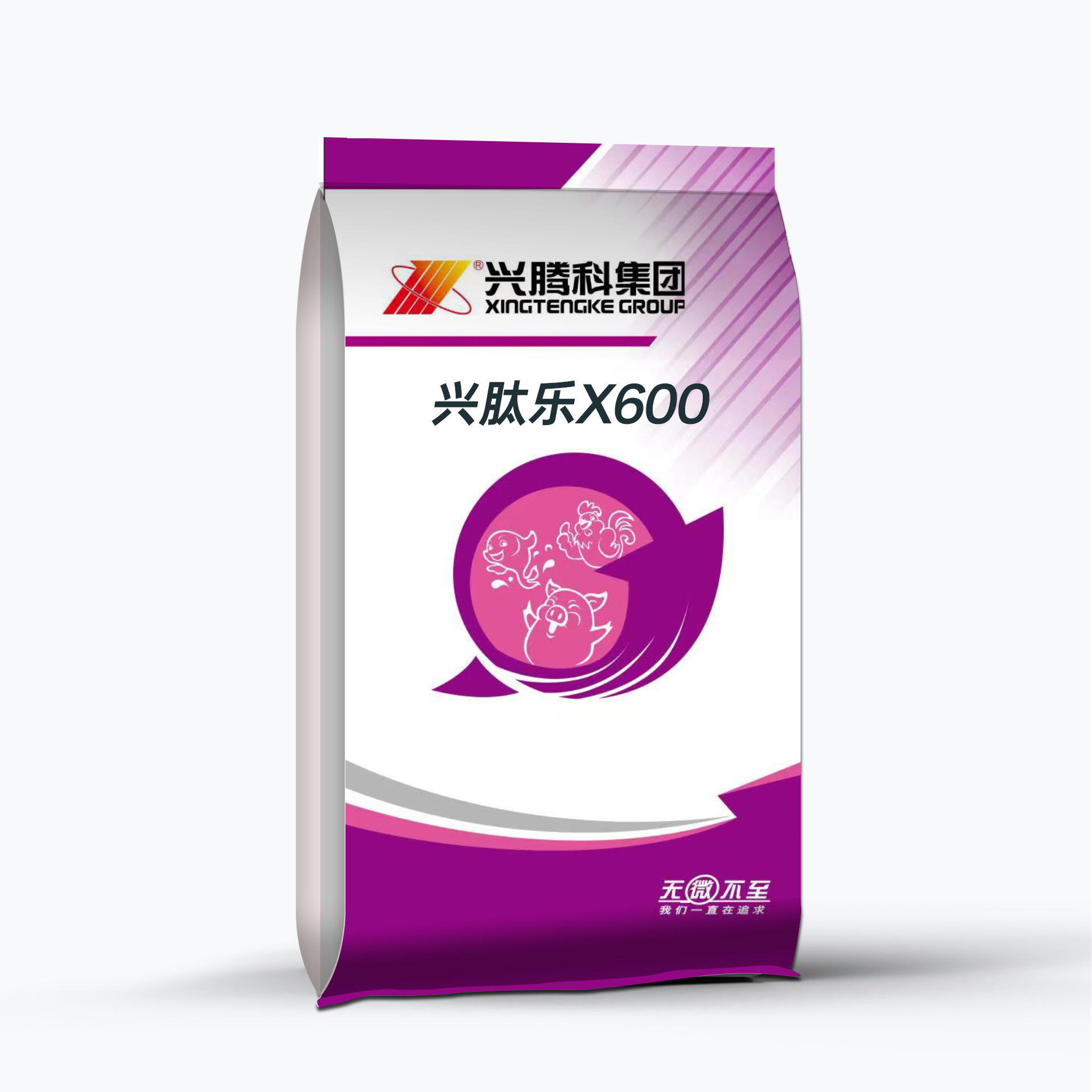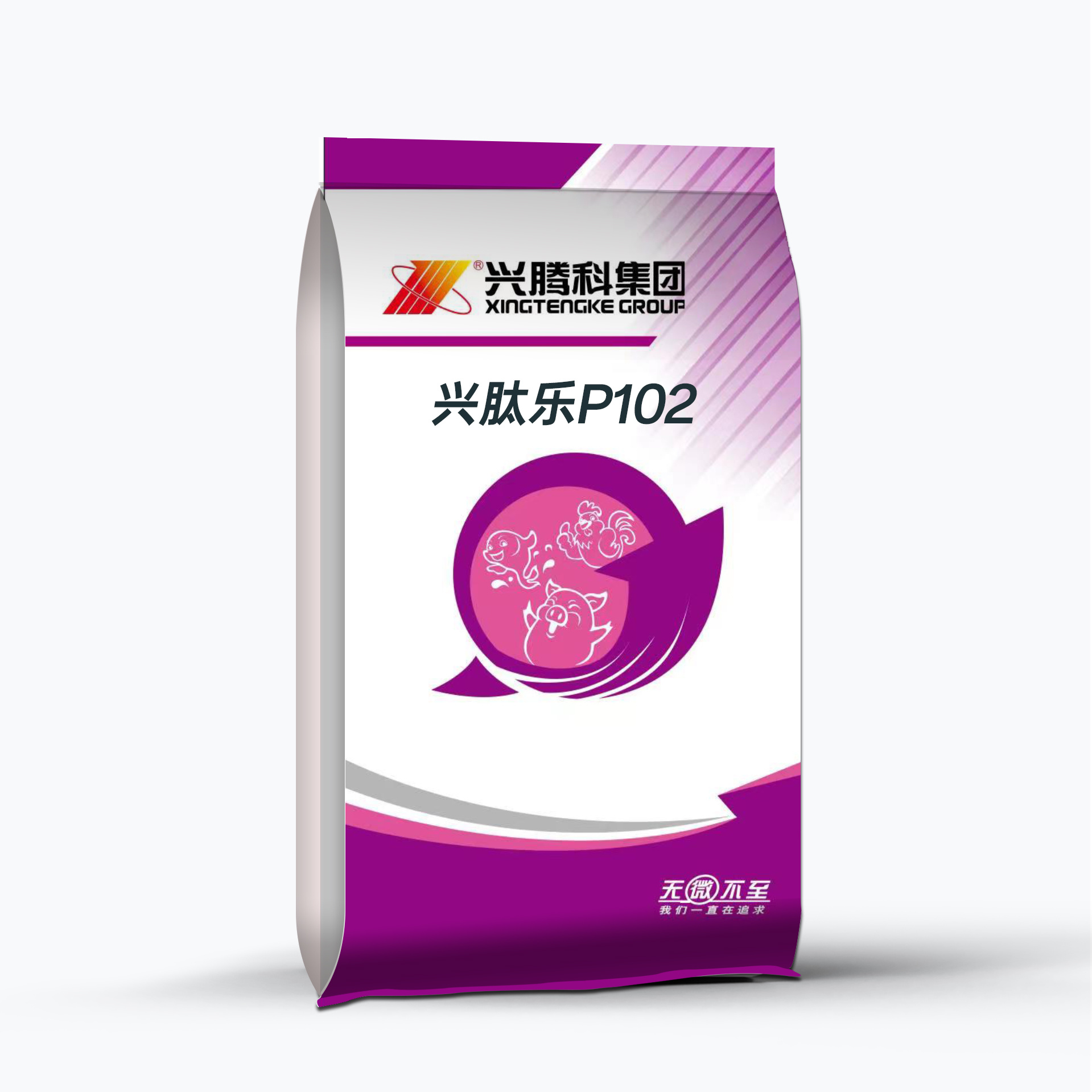Unlocking Poultry Health: The Role of Amino Acid Chelated Trace Elements
Release time:
2025-10-19 12:30
Source:
Unlocking Poultry Health: The Role of Amino Acid Chelated Trace Elements
Table of Contents
- Introduction to Poultry Health and Nutrition
- Understanding Chelation in Nutrition
- What Are Amino Acid Chelated Trace Elements?
- Benefits of Amino Acid Chelation for Poultry
- Nutritional Requirements of Poultry
- Enhancing Immune Function with Chelated Trace Elements
- Impact on Growth Performance and Feed Efficiency
- Best Practices in Feeding Chelated Elements
- Conclusion
- Frequently Asked Questions
Introduction to Poultry Health and Nutrition
Poultry farming is a cornerstone of the global agricultural industry, providing a significant source of protein for millions of people worldwide. As the demand for poultry products continues to rise, ensuring optimal health and productivity within flocks becomes imperative. One key to achieving this goal lies in the proper nutrition of poultry, particularly through the administration of **amino acid chelated trace elements**. These specialized nutrients play a crucial role in enhancing overall health, growth, and resistance to diseases in poultry.
Understanding Chelation in Nutrition
Chelation is a biochemical process where molecules form a complex with metal ions, effectively "grabbing" them and facilitating their transport and absorption within biological systems. In the context of animal nutrition, chelation enhances the bioavailability of essential trace elements such as zinc, iron, manganese, and copper. This process is particularly beneficial in poultry since these animals often experience challenges in absorbing minerals due to various dietary and environmental factors.
What Are Amino Acid Chelated Trace Elements?
Amino acid chelated trace elements are specific compounds formed by binding trace minerals to amino acids. This unique combination enhances the stability and solubility of these minerals, making them more readily absorbed by the poultry's digestive system. The amino acids act as carriers, ensuring that the trace elements reach their target sites effectively, ultimately leading to improved health outcomes.
The Chemistry Behind Amino Acid Chelation
The chelation process involves the coordination of metal ions with amino acid side chains, resulting in a stable complex. This stability prevents the minerals from reacting with other dietary components, which might inhibit their absorption. Consequently, amino acid chelation not only protects trace elements from degradation but also promotes their efficient utilization in metabolic processes.
Benefits of Amino Acid Chelation for Poultry
The incorporation of amino acid chelated trace elements in poultry diets offers numerous benefits, significantly impacting the health and productivity of the flock.
1. Enhanced Mineral Absorption
One of the primary advantages of amino acid chelation is the improved absorption rates of trace minerals. Research has demonstrated that chelated minerals are absorbed more efficiently than their inorganic counterparts, leading to increased retention and availability for metabolic functions.
2. Strengthened Immune Response
Trace elements play a vital role in supporting the immune system. Amino acid chelated trace elements contribute to the production of antibodies and the regulation of immune cell function, enhancing the poultry's ability to combat infections and diseases.
3. Improved Growth Rates and Feed Efficiency
Poultry receiving amino acid chelated trace elements often exhibit superior growth rates and feed conversion ratios. The enhanced bioavailability of minerals facilitates optimal metabolic processes, leading to increased weight gain and reduced feed costs.
4. Better Overall Health Status
Incorporating chelated trace elements into poultry diets leads to improved overall health. This includes better feathering, stronger bone development, and enhanced reproductive performance, all of which contribute to the productivity of the operation.
Nutritional Requirements of Poultry
Understanding the nutritional requirements of poultry is essential for formulating diets that maximize health and productivity. Poultry diets must provide adequate levels of energy, protein, vitamins, and minerals, including trace elements.
Essential Trace Elements
Trace elements such as zinc, manganese, iron, and copper are vital for various physiological functions, including enzyme activation, hormone production, and antioxidant defense. Each of these elements plays a unique role in maintaining the health of the flock.
Importance of Balanced Diets
A balanced diet that includes amino acid chelated trace elements ensures that poultry receive the necessary nutrients in the correct ratios. This balance is crucial for optimizing growth, enhancing immune function, and ensuring overall health.
Enhancing Immune Function with Chelated Trace Elements
The immune system is a complex network that protects the poultry from pathogens and diseases. Trace elements, particularly zinc, selenium, and copper, are integral to the immune response.
The Role of Zinc in Immune Function
Zinc is essential for the development and function of immune cells. It aids in the proliferation of lymphocytes and the production of cytokines, molecules that help regulate immune responses. Amino acid chelated zinc ensures that poultry can effectively utilize this mineral to bolster their immune defenses.
Antioxidant Properties of Selenium
Selenium is a critical trace element with antioxidant properties, protecting cells from oxidative stress. Enhanced selenium absorption through amino acid chelation can improve immune function and reduce the incidence of diseases in poultry.
Impact on Growth Performance and Feed Efficiency
The utilization of amino acid chelated trace elements has been linked to significant improvements in the growth performance of poultry.
Feed Conversion Ratio (FCR)
Amino acid chelated trace elements contribute to a lower feed conversion ratio, indicating that poultry can convert feed into body weight more efficiently. This reduction in feed wastage not only lowers costs for farmers but also enhances overall productivity.
Weight Gain
Studies suggest that poultry receiving diets enriched with amino acid chelated trace elements experience higher weight gains compared to those on standard diets. This trend underscores the importance of optimizing mineral nutrition for enhancing growth rates.
Best Practices in Feeding Chelated Elements
Incorporating amino acid chelated trace elements into poultry diets requires careful planning and execution.
Formulating Balanced Diets
It is crucial to formulate diets that accurately reflect the nutritional needs of the specific poultry species being raised. Nutritional experts should consider age, sex, and production goals when determining the appropriate levels of chelated trace elements.
Monitoring Health and Performance
Regular monitoring of flock health and performance indicators is vital. This includes tracking growth rates, feed efficiency, and immune function. Adjustments to the dietary formulations should be made based on these observations to maximize outcomes.
Conclusion
The use of amino acid chelated trace elements represents a significant advancement in poultry nutrition, unlocking the potential for improved health, growth, and overall flock productivity. By enhancing the absorption and utilization of essential trace minerals, farmers can ensure their poultry thrive in a competitive market. This holistic approach to nutrition not only benefits the birds but also leads to greater efficiency and sustainability in poultry farming.
Frequently Asked Questions
1. What are the main benefits of amino acid chelated trace elements in poultry diets?
Amino acid chelated trace elements improve mineral absorption, enhance immune function, promote growth rates, and contribute to overall health.
2. How do amino acid chelated trace elements compare to inorganic trace minerals?
Amino acid chelated trace elements are more bioavailable, leading to better absorption and utilization compared to inorganic forms.
3. Which trace elements are commonly used in amino acid chelation for poultry?
Common trace elements include zinc, manganese, copper, and iron, each playing unique roles in health and productivity.
4. Can amino acid chelated trace elements reduce feed costs?
Yes, by improving feed conversion efficiency and growth rates, these chelated minerals can lead to lower overall feed costs.
5. How can farmers monitor the effectiveness of chelated trace elements in their flocks?
Farmers can monitor growth rates, feed efficiency, and health indicators to assess the impact of chelated trace elements in their poultry diets.
amino acid chelated trace elements for poultry









